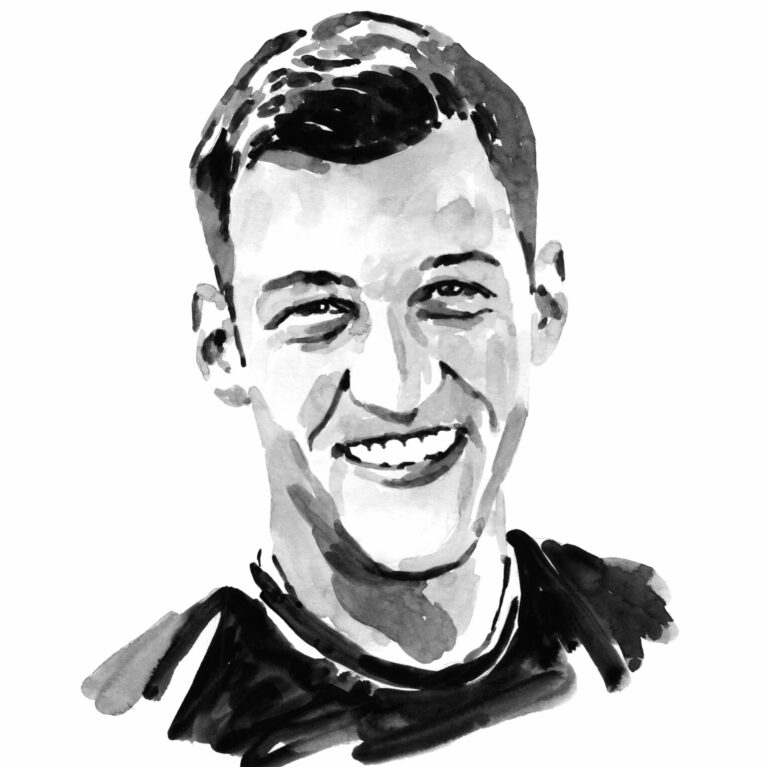Stephen Bergacker

Who I am
I grew up in a small village in the Belgian countryside, where my love for animals started with our family dog (who, naturally, was the best dog ever). That love grew into a fascination for the natural world, especially after a snorkelling trip to the Caribbean when I was 12. I spent more time underwater than above it during those weeks, and that was the beginning of my passion for marine life.
After completing a Bachelor’s degree in agronomy with a focus on animal behaviour, I headed to the Maldives, where I worked as a coral biologist for over a year. Seeing the mass coral bleaching event in 2016 at first hand was a turning point for me. I realised how crucial science is to conservation, and I had questions that only more research could answer. So I pursued a Master’s degree in tropical biology to dive deeper into those issues (pun fully intended).
Now back in Belgium, I’m working on the conservation genetics of marine megafauna, focusing on species boundaries and genetic fragmentation. My goal is to bring science and conservation closer together, providing the information needed to protect the animals that have fascinated me for so long.
Where I work
I am based at the Université libre de Bruxelles, in the heart of Brussels, Belgium, where I work in a genetics lab that focuses on the delineation of species through genetic analysis. My research primarily investigates the genetic connectivity of widespread populations of spotted eagle rays. This work combines both field research and lab-based analysis. In the field, I collaborate with colleagues from around the world to gather and exchange tissue samples. Back in Brussels, I analyse these samples, working to piece together the genetic data that will inform conservation strategies.
What I do
My work centres on species delimitation and the biogeography of sharks and rays, with a focus on spotted eagle rays. This involves both field work and laboratory research. In the field, I collaborate with international teams to collect tissue samples from populations around the world. Back in the lab, I extract DNA from these samples and apply next-generation sequencing techniques such as Oxford Nanopore amplicon sequencing and DartSeq SNP sequencing to analyse genetic data. This approach enables me to delineate species boundaries and quantify genetic fragmentation. A key part of my research is integrating mitochondrial, nuclear and SNP datasets to provide a comprehensive understanding of the genetic diversity and structure of spotted eagle ray populations.
